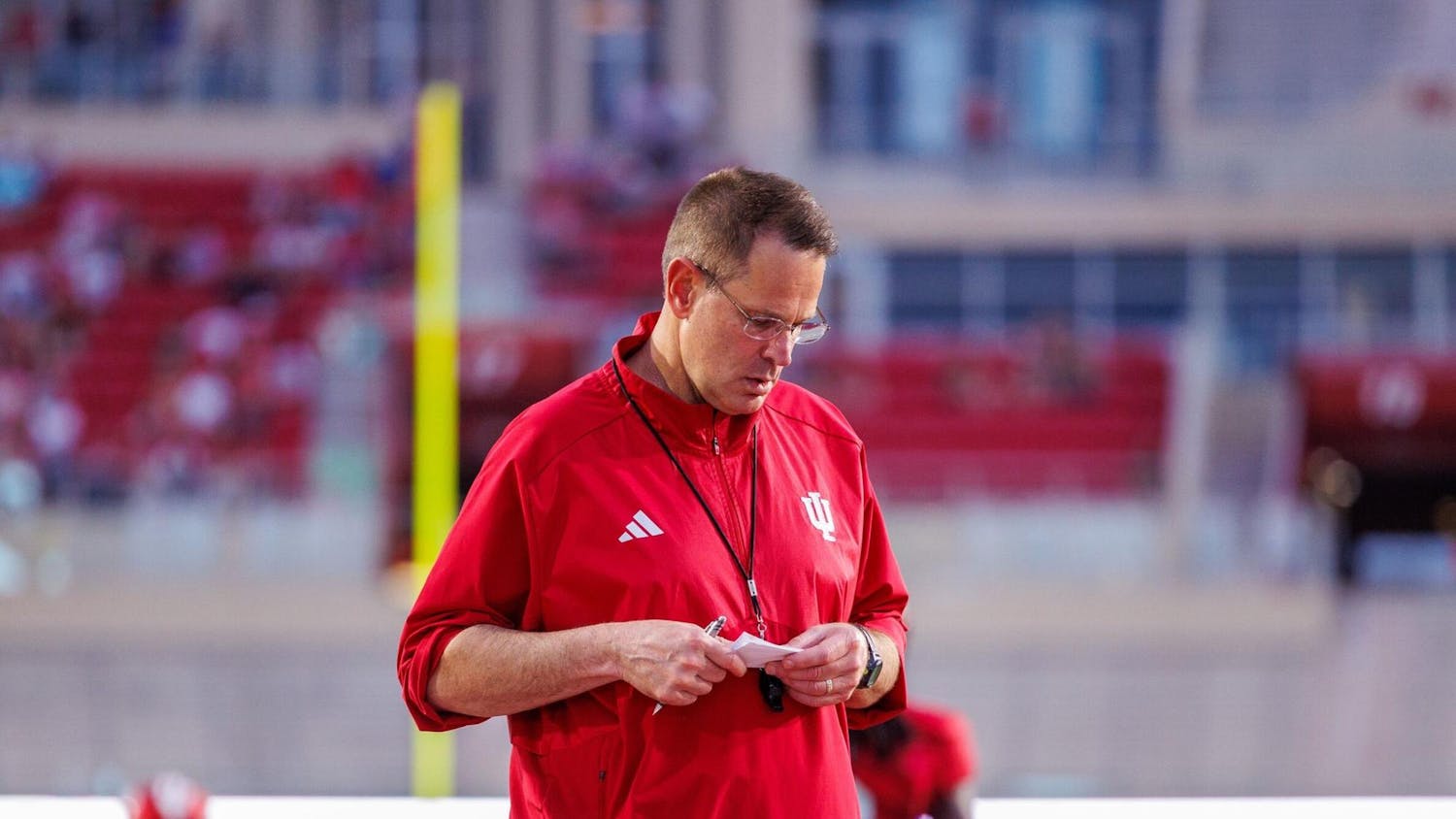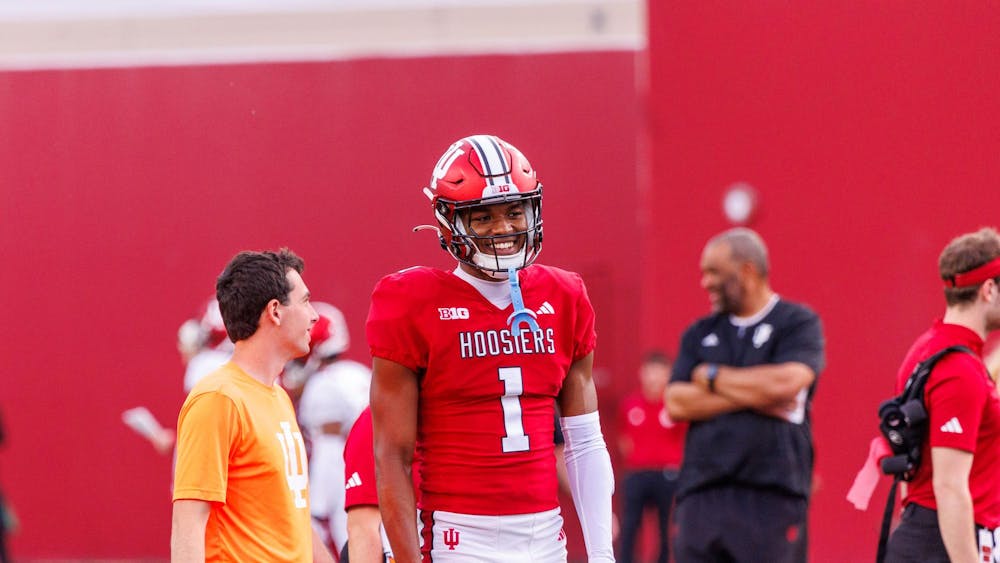Top University officials unveiled IU's $1.3 billion strategic plan to build its future around life sciences at the IU board of trustees' meeting Friday. Not only will the plan create hundreds of jobs, but it will also attempt to solidify IU as one of the top research universities for life sciences.\nIU leaders presented a 60-page report, which outlines IU's 15 strategic goals and its 10-year outlook, at Friday's Long Range Planning Committee meeting.\nInterim Provost Michael McRobbie, along with Vice President for Life Sciences Craig Brater and Dean of the College of Arts and Sciences Kumble Subbaswamy, spoke about how IU can make itself more competitive for research grants and increase its reputation in life sciences.\nThe report notes six areas of life sciences in which to become national leaders: analytical chemistry, organic chemistry, cancer biology, the neurosciences, diabetes and metabolic disorders, and model systems in biological research.\nIn order to achieve its goals, the report states IU needs to work on greater cooperation between the Bloomington and Indianapolis campuses. \nLaboratories in Bloomington, which contain some of the most sophisticated devices in the world, must collaborate with the medical school in Indianapolis, the report said.\nMcRobbie said the project relies on the cooperation between the two campuses, and while distance can be a hindrance, he believes the projects will be worth the drive.\nOne problem that IU faces, presenters said, is a lack of researchers and research space. Brater said IU's researchers come up with just as many breakthroughs as the top medical schools, but IU simply does not have enough faculty members.\nSubbaswamy said that lack of research spaces limits how many faculty IU can hire.\n"Space is the biggest problem we face," Subbaswamy said. "If you gave us $10 million and told us to go hire more faculty, we would have no place to put them."\nThough six new research centers will be built on both campuses -- including Simon Hall and Multidisciplinary Science Building Phase II in Bloomington -- most of that space is already reserved. The plan calls for adding 1.5 million square feet of research space in Bloomington, a feat that McRobbie said IU architects told him is possible "even without becoming packed like Tokyo."\nThe problem is that building research centers is a lengthy process. Trustee William Cast, a founding member of Dupont Hospital in Fort Wayne, asked if IU could build its research space quicker without sacrificing the beauty of the campus. He said he didn't want ugly buildings, but questioned if every building needed to be made of limestone, which takes time to build.\nBrater agreed that researchers won't care how beautiful a building is if they have space for research.\n"(When I was a researcher) I didn't care so much about what the façade was, I just wanted to know how much space I got," Brater said.\nMcRobbie said expediting construction is something to look at, but IU always values "building for the ages" instead of a quick six-month construction that a company such as Eli Lilly could build.\nMcRobbie also said that graduate students and faculty won't be the only ones that will benefit from the life sciences plan. He said he was impressed with several life sciences majors he met when he ate lunch at Wright Quad Friday.\n"I've been very impressed with the student research projects in Bloomington," McRobbie said. "As provost, I want to encourage more undergraduate research."\nIU is trying to fund its plan by increasing research grants and the report touting its success so far. It noted $155 million in grants for genomics, $53 million for the Indiana METACyt Intiative and $10 million for neurosciences.\n"It's just such an exciting proposal that I think the money will find you," Trustee Tom Reilly told the presenters.\nIU President Adam Herbert announced in December that "life sciences is now our highest University priority." As a result, IU has been focusing its funding on life sciences. Charles Bantz, IUPUI chancellor and executive vice president, said he has significantly shifted discretionary funds at IUPUI to life sciences. He said that with priorities come sacrifices, as other schools might have wanted the funds. He said he doesn't have a choice because IU has to keep up in life sciences research.\n"We're on this path and we have to do it," he said.
IU outlines life sciences initiatives
$1.3B plan to put University among top research schools
Get stories like this in your inbox
Subscribe





